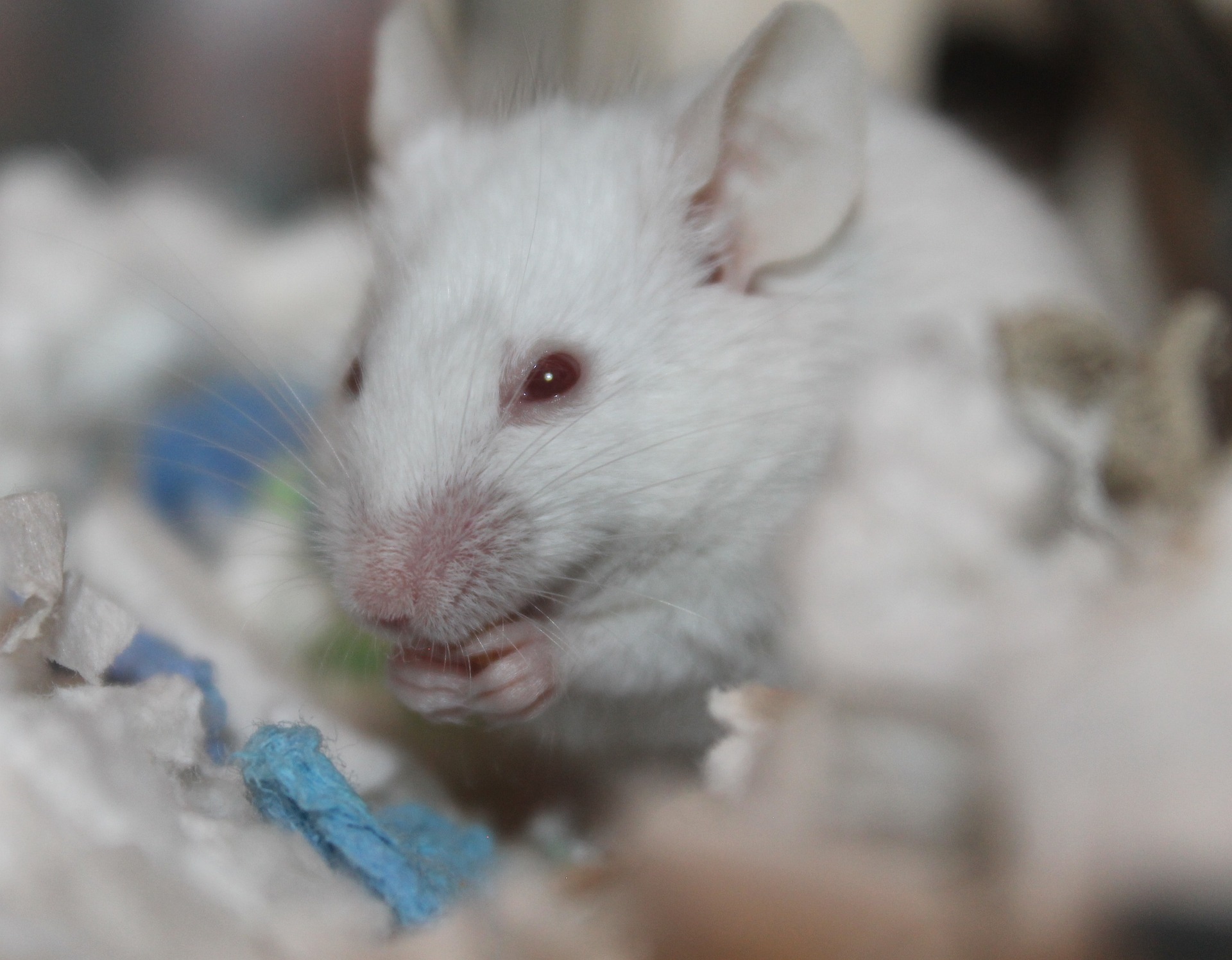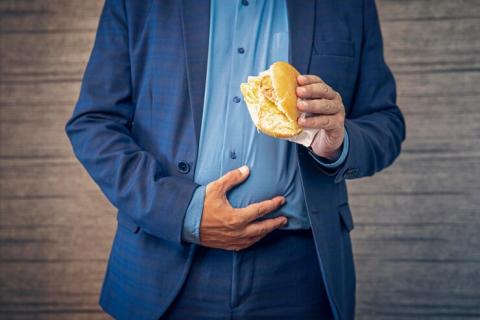Reaction: Mice that eat when they are active burn more calories
Research published in Science concludes that mice that feed at night - the active phase of their daily circadian cycle - burn more calories, mitigating the development of obesity.

Pablo J. Fernández-Marcos - ratones activos comida EN
Pablo J. Fernández-Marcos
Head of the Metabolic Syndrome Group (BIOPROMET) at IMDEA Food
The article published in Science by Chelsie Helper, in Joseph Bass' group at the University of Chicago, deals with the effect on obesity of a type of feeding called "time-restricted feeding", or TRF. Specifically, the research group works with two groups of mice subjected to two types of TRF: one group in which the mice only eat in their active phase (at night, as mice are nocturnal), and another in which they can only eat in their resting phase (daytime in mice). The intervention period in the mice is one week, which in the human time frame would be equivalent to a month or so. It should be noted, therefore, that the TRF used in this article is a rather extreme form of TRF: it is as if for a month we were only allowed to eat a group of humans at night, while we should be sleeping. In real life, the TRFs that are proposed for humans consist of eating only during certain hours of the day, never eating at night. The results obtained from this study are therefore not directly comparable to those expected in humans following a standard TRF, eating during the day.
The study shows how mice that eat a high-fat diet during resting hours consume less O2 and energy and accumulate more weight than mice that eat during the night. This exacerbates the obesity induced by the high-fat diet. In other words: if you eat a high-fat diet during your rest period, you're going to get fatter. An interesting control would have been to study mice on both types of FRT but eating a normal calorie diet: would the same effect be observed or does the diet need to be high in calories to observe it?
The researchers find that mice that eat at night have a more active fat metabolism, which is associated with a form of energy burning without exercise: thermogenesis. It is as if the fat begins to "exercise", transforming excess energy into heat. Consequently, an increase in thermogenesis protects against obesity; and conversely, mice that eat "late" have less thermogenesis and therefore gain more weight. Unsurprisingly, this metabolic change is due to an alteration in the biological clock, what we call the "circadian rhythm", which is altered by eating during the rest period. To test this, the researchers modified a gene responsible for this clock, Zfp432, so that thermogenesis was activated more, regardless of the time of eating. Mice with the Zfp432 gene altered specifically in fat cells no longer gained more weight if they ate during the day. In addition to Zpf432, the researchers identified many other circadian rhythm-related genes that were altered in mice that ate during the day, which was associated with lower energy intake and more obesity.
Finally, the researchers determined what type of thermogenesis was involved in this response to the circadian clock. They measured metabolites - the small molecules that "move" energy through cells - in both groups. They observed that one of the main mechanisms of thermogenesis in their TRF is the consumption of creatinine, an energy storage molecule whose consumption is cyclical: it increases in the active phase, and decreases in the resting phase. To prove that creatinine was important in the metabolic effects of their TRF, they deleted a gene required for creatinine consumption (the Gatm gene) from fat cells and found that these mice no longer showed differences whether they ate during the day or at night.
This monumental work confirms previous work showing that food consumption during rest periods is detrimental to metabolism. It also adds a lot of mechanistic data that better explains why this happens, which may help in designing strategies to facilitate energy consumption through thermogenesis in obesity. One of the problems often associated with such extensive and costly work is that only mice of one sex - males, in this case - have been studied. Metabolism in males and females is quite different in mice and humans, so it remains to be determined whether these effects of day-night TRF are similar in females.
Chelsea Hepler et al.
- Research article
- Peer reviewed
- Observational study
- Animals



